The “Think Method…” it still works!

Harold Hill, that charlatan professor of music in Meredith Willson’s wonderful play The Music Man, exhorts his young music pupils to learn to play their instruments, not by any formal or even informal instruction, but to simply think they’re playing, and then they’ll be able to do it. The Think Method actually worked. If it hadn’t, Professor Hill would’ve been run out of River City, Iowa, tarred and feathered by the city council!
Maybe there just are some things we learn best by the Think Method…an effective blend of common sense, some practice, and maybe even a few therapeutic failures. Who really teaches a newly-married husband and wife what to do on their wedding night? Who really teaches soccer-playing children how far to bank the ball to score a goal instead of putting it out of bounds or sending it squarely to the goalie? Life is experimental.
The other day I watched my second semester juniors in Production Processes nimbly navigating quirks of Quark and peculiarities of Photoshop. Who really teaches them how to get so good at software? Miles Decoster, a fourth year temporary who teaches high tech courses and manages our computer lab, has a theory…they’re young people who’ve learned to be deft with design software from growing up playing computer games where there are often no instructions given by the manufacturer or the other kid who loaned the cartridge. And avoiding sudden death or gaining new powers for your little virtual action figure only comes through common sense, some practice, and a few failures. It’s the Think Method!
Frustration is part of the act, to be dealt with as a matter of course. “Game Over,” while a real pain, simply means try again and maybe you’ll do better next time, just as crashed software means rebuild your file…it’s always easier next time because your own brain’s memory stored the necessary functions.
We older designers who’ve had to learn the new skills without the benefit of growing up playing computer games, not to mention the benefits of fast reaction time, still get to learn by the same Think Method…challenging but entirely possible. At any age, as long as we’re willing, we gain great powers from common sense, practice, failures, and trying all over again. Even River City’s bickering town fathers learned to get along with each other that summer after Harold Hill came to town.
-John K. Landis

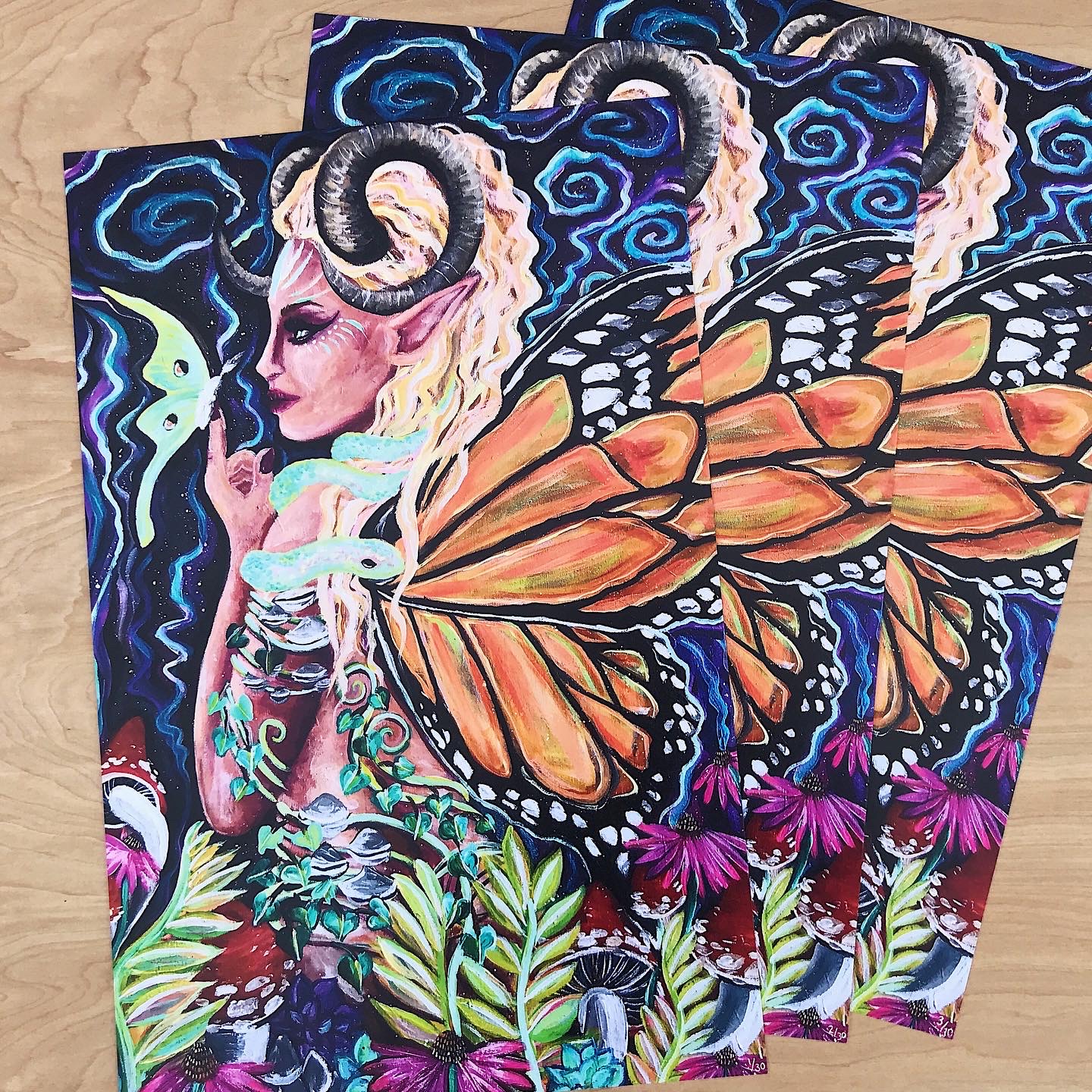





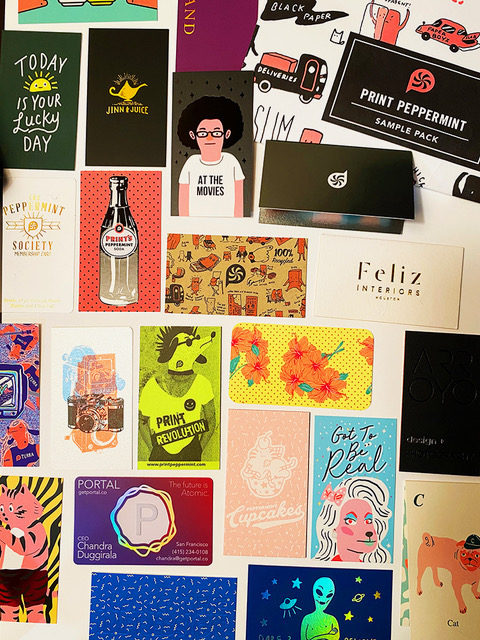
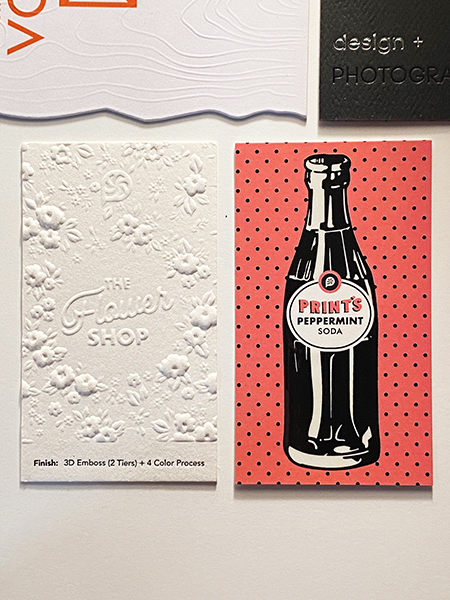
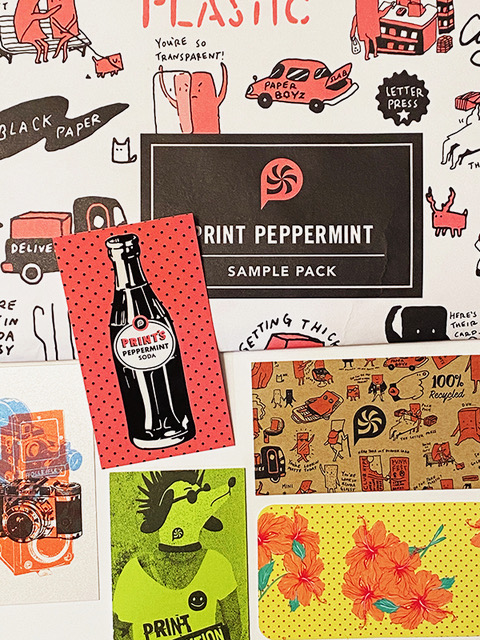

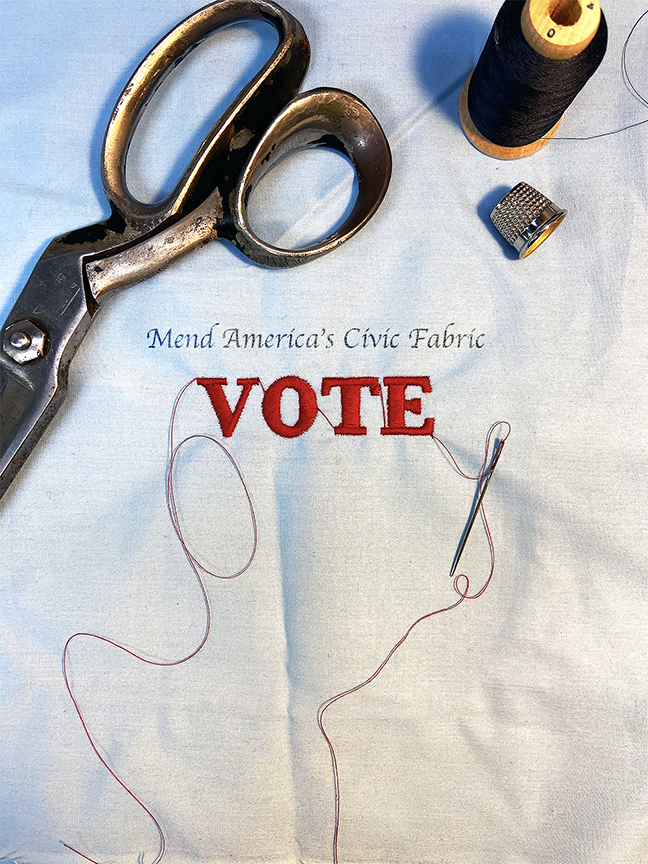







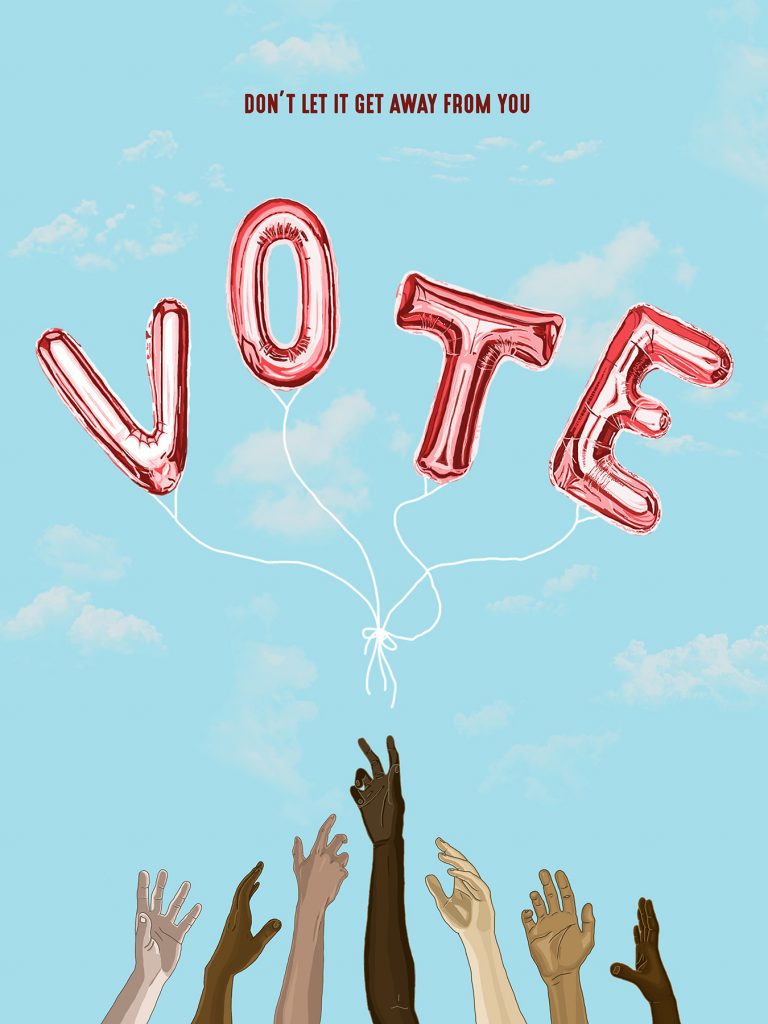




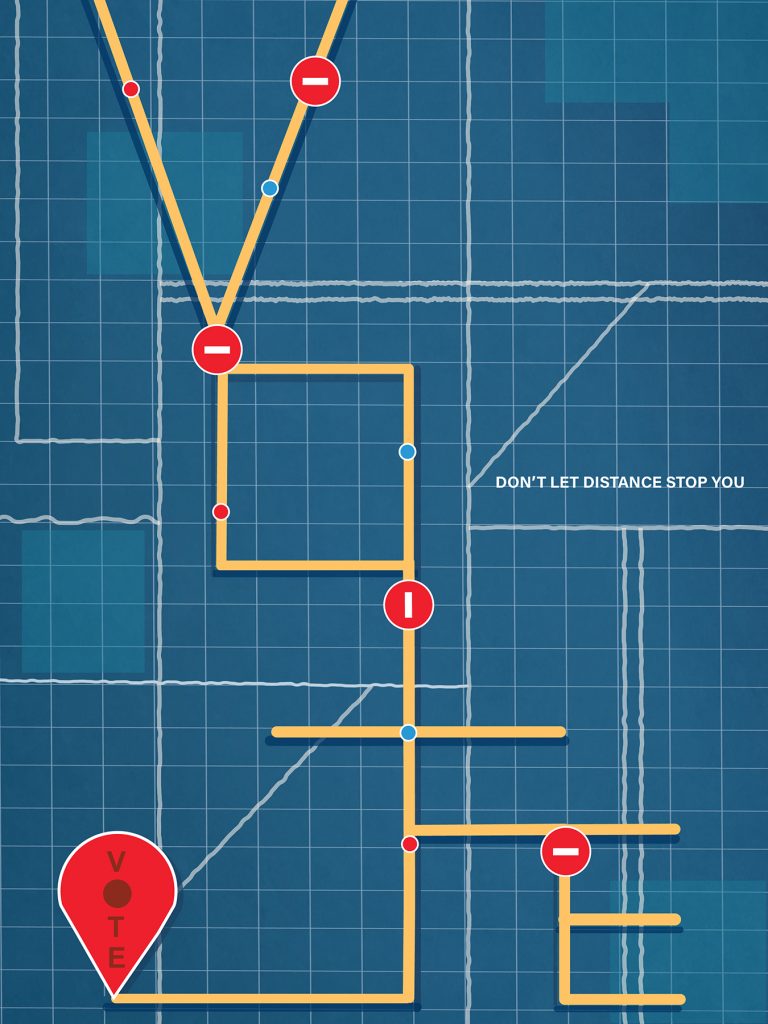
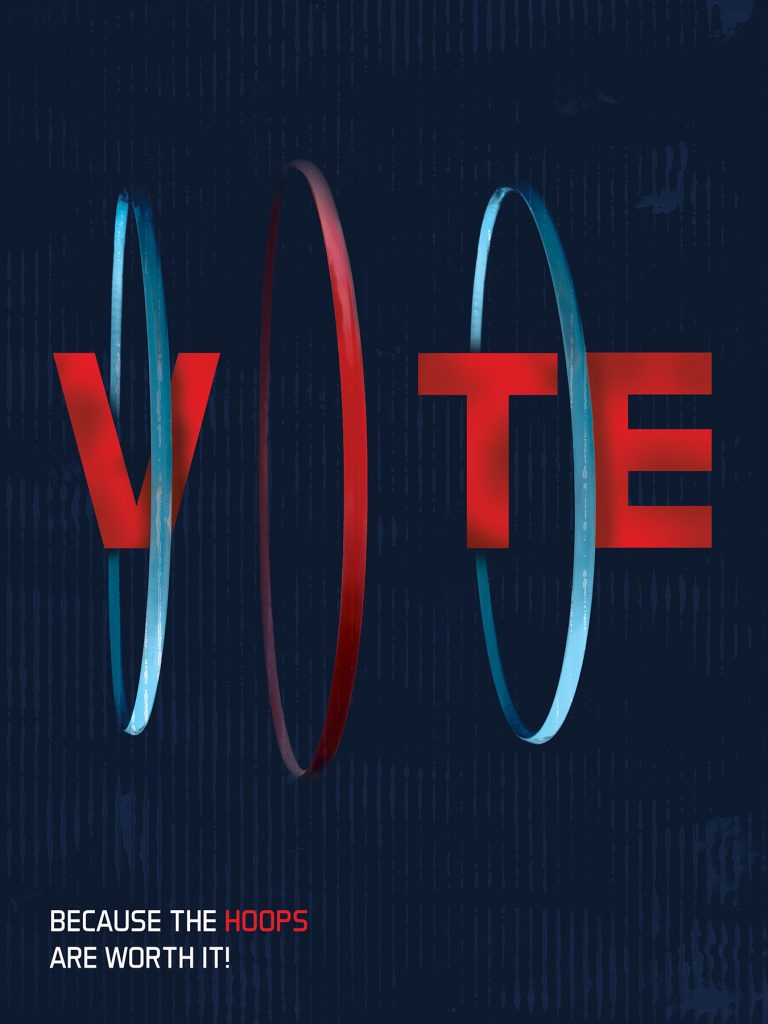
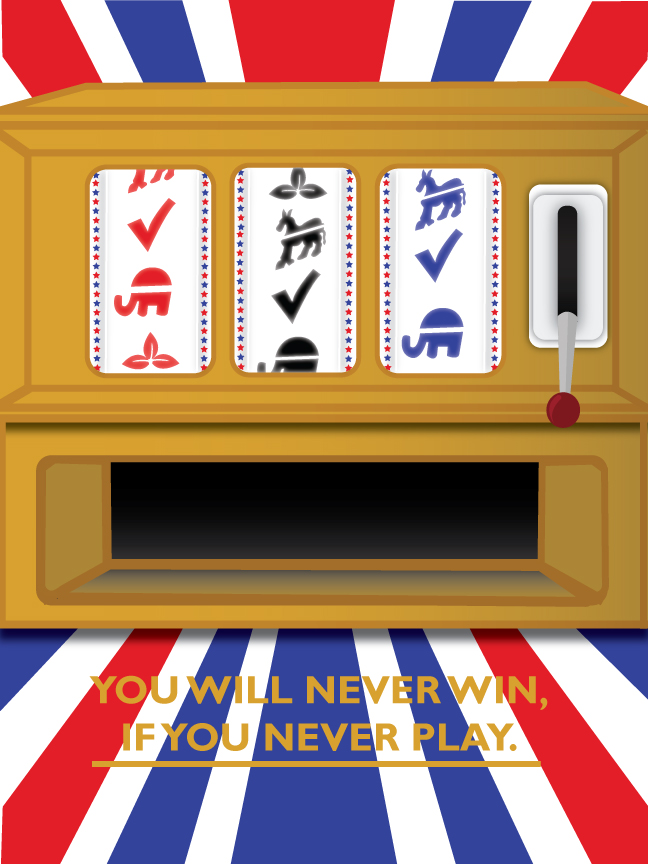
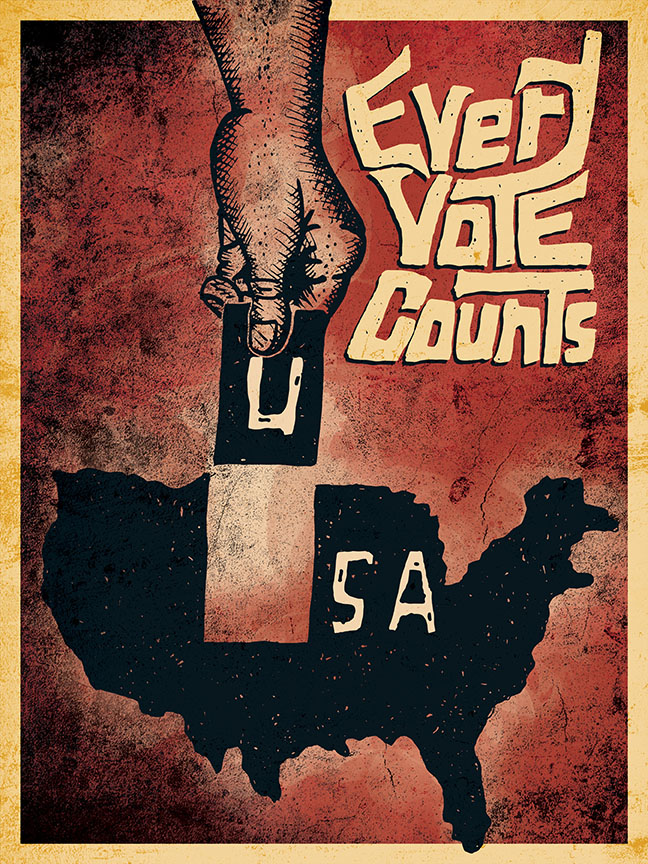

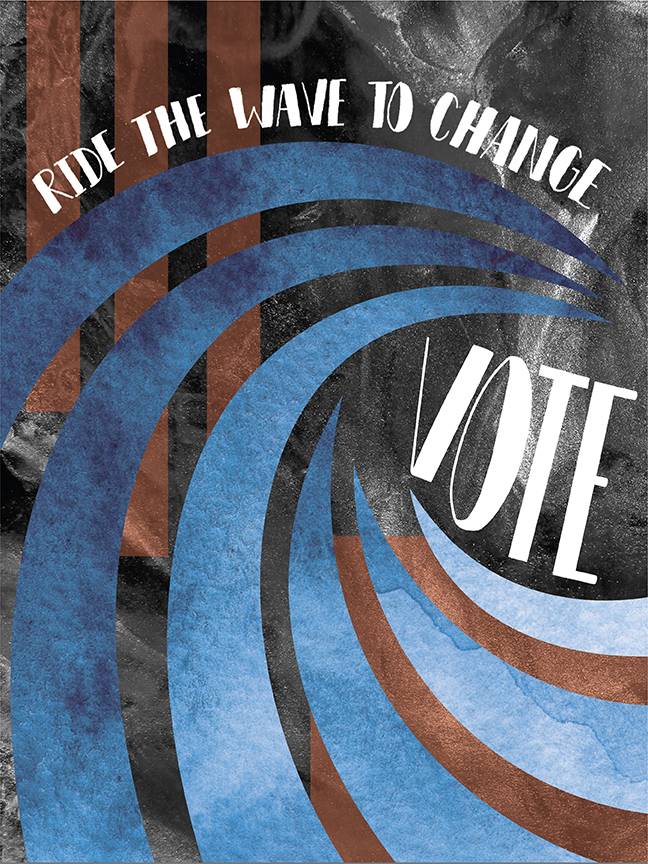
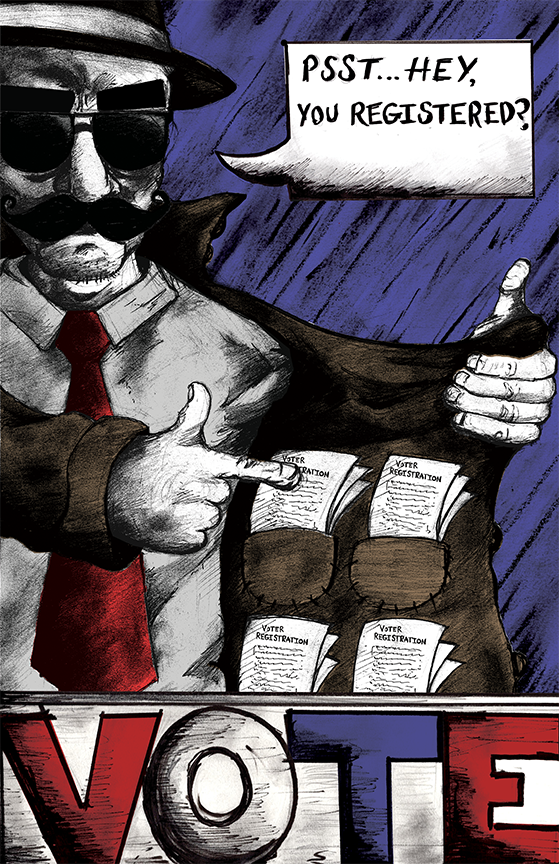



You must be logged in to post a comment.